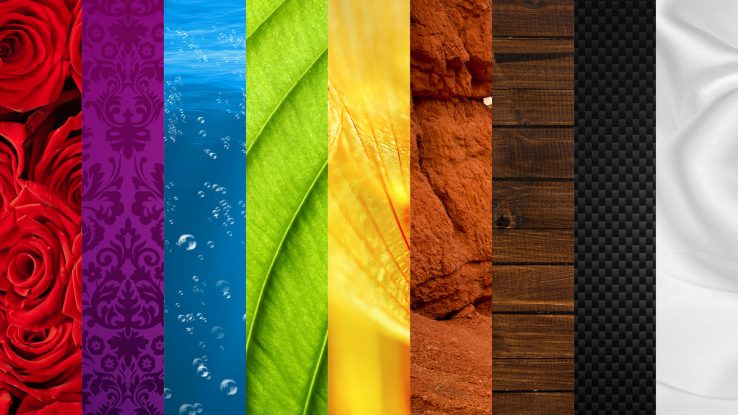The biggest brands in the world are defined by their logo and the color that represents them. Multiple studies have shown that a brand’s color influences 60 to 80 percent of a consumer’s decision to purchase a product or service. Specifically, 84.7% of buyers claimed color as the primary draw to a brand. While the use of color is always subjective, it is also closely linked to a business’s brand identity and its ability to position itself with target audiences.
The psychology of color shows patterns of how people respond and form strong associations to certain hues in specific industries. Of the top 100 brands in the U.S., blue is the most popular color at 33 percent, followed by red at 29 percent and black (or grayscale) at 28 percent. Only 13 percent of those brands use yellow or gold.
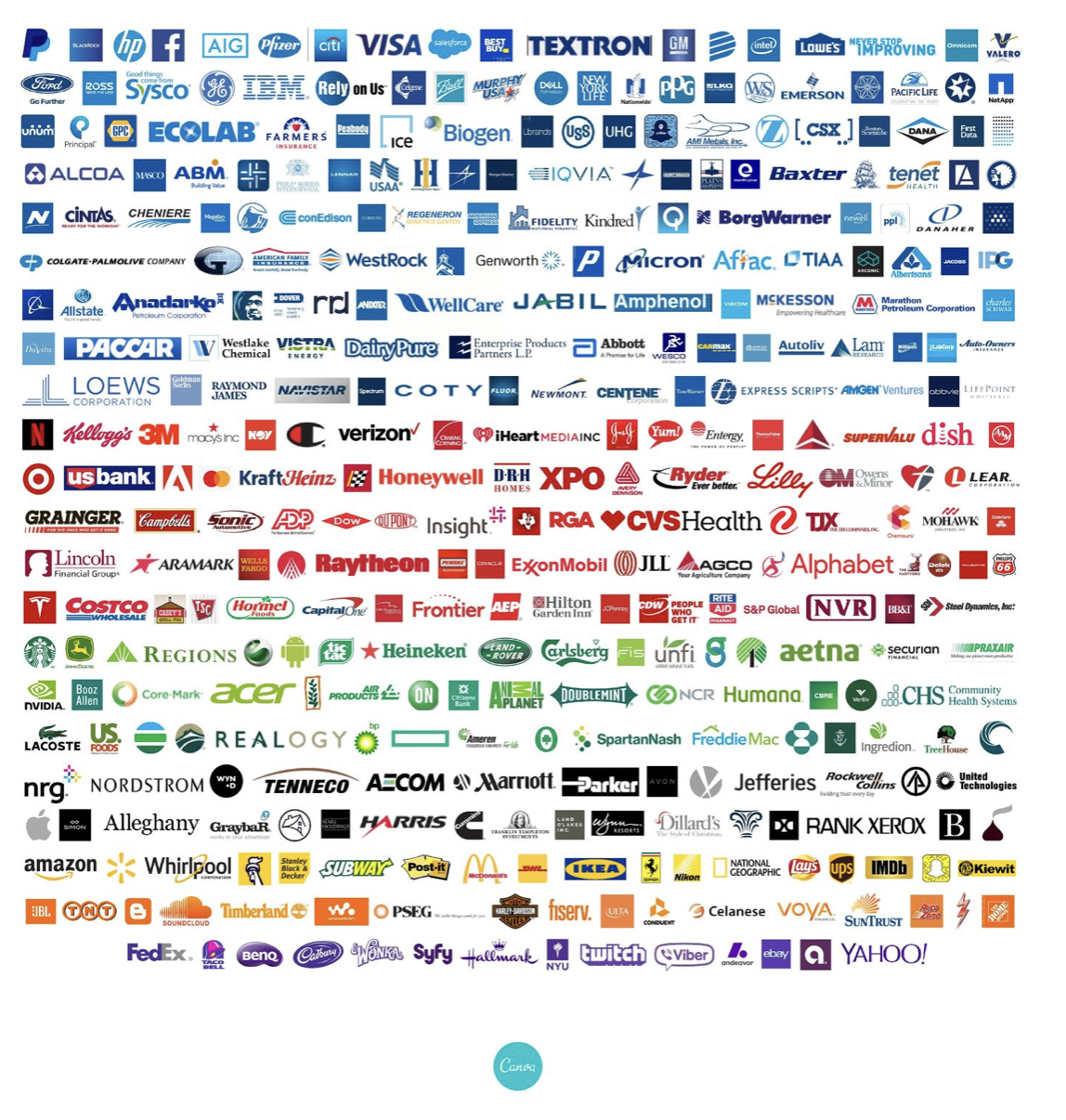
Image credit: canva.com
The Marketo Engage blog by Adobe does a great job of breaking down the use of color in branding.
Red
 Evokes a passionate and visceral response. It is a color that increases your heart rate, makes you breathe more rapidly, and activates the pituitary gland.
Evokes a passionate and visceral response. It is a color that increases your heart rate, makes you breathe more rapidly, and activates the pituitary gland.
Color code: aggressive, energetic, provocative, attention-grabbing
Purple
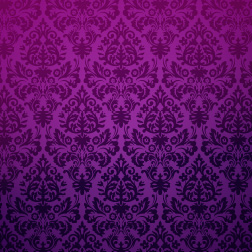
Sophisticated yet mysterious color. The richness of this color tips its hat to the royalty and elegance found deep within us.
Color code: royalty, sophistication, nostalgia, mystery, spirituality
Blue
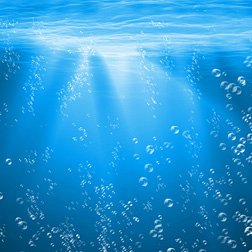 One of the most popular choices for a brand color, it is thought to put people at ease as it is reminiscent of the sky and ocean.
One of the most popular choices for a brand color, it is thought to put people at ease as it is reminiscent of the sky and ocean.
Color code: trustworthy, dependable, secure, responsible
Green
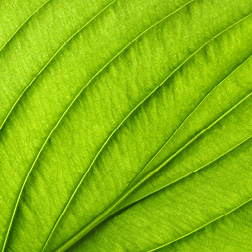 There is a wide variation between its shades and is synonymous with calm, freshness, and health. Deeper greens are associated with affluence and lighter greens are associated with serenity.
There is a wide variation between its shades and is synonymous with calm, freshness, and health. Deeper greens are associated with affluence and lighter greens are associated with serenity.
Color code: wealth, health, prestige, serenity
Yellow
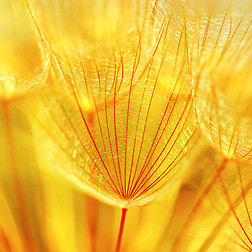 Because yellow is reminiscent of the sun, it communicates hope and optimism. Yellow stimulates creativity and energy, and its brightness is especially useful to catch a customer’s eye.
Because yellow is reminiscent of the sun, it communicates hope and optimism. Yellow stimulates creativity and energy, and its brightness is especially useful to catch a customer’s eye.
Color code: positivity, light, warmth, motivation, creativity
Orange
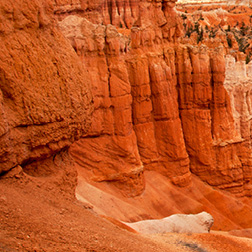 Combines the brightness and cheer of yellow with the energy and boldness of red to make a color that is full of life and excitement.
Combines the brightness and cheer of yellow with the energy and boldness of red to make a color that is full of life and excitement.
Color code: vitality, fun, playful, exuberant
Brown
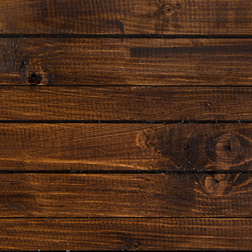 Speaks of earthly simplicity, as well as strength and durability. However, use caution as it also reminds people of dirt.
Speaks of earthly simplicity, as well as strength and durability. However, use caution as it also reminds people of dirt.
Color code: earthlike, natural, simplistic, durable
Black
 Used by companies that wish to boast a classic sophistication. Black works especially well for expensive products.
Used by companies that wish to boast a classic sophistication. Black works especially well for expensive products.
Color code: prestige, value, timelessness, sophistication
White
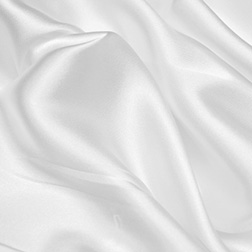 Represents purity and cleanliness and is a popular choice for healthcare and child-related businesses.
Represents purity and cleanliness and is a popular choice for healthcare and child-related businesses.
Color code: pure, noble, clean, soft
As always, the use of color in branding and marketing is subjective and you never know when someone is going to love it or hate it … or be completely indifferent. However, the bottom line is that brand colors are critical to the success of an organization by keeping it front and center with the right target market.

